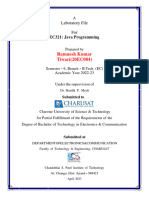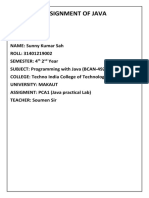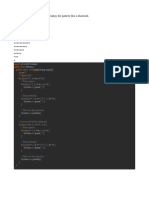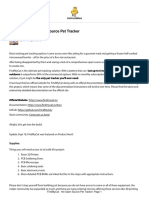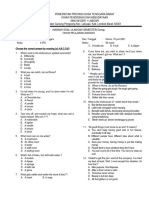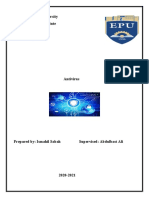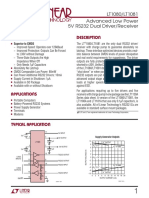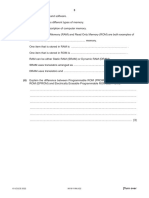0% found this document useful (0 votes)
41 views8 pagesJava Loop Ssss
The document contains multiple Java programming exercises including a multiplication table, star pattern, area and perimeter of a circle, binary addition, decimal to binary conversion, string reversal, and digit sum calculation. Each program includes source code, explanations, and sample outputs. The exercises are designed to demonstrate various programming concepts and techniques in Java.
Uploaded by
anandyadav8191Copyright
© © All Rights Reserved
We take content rights seriously. If you suspect this is your content, claim it here.
Available Formats
Download as DOCX, PDF, TXT or read online on Scribd
0% found this document useful (0 votes)
41 views8 pagesJava Loop Ssss
The document contains multiple Java programming exercises including a multiplication table, star pattern, area and perimeter of a circle, binary addition, decimal to binary conversion, string reversal, and digit sum calculation. Each program includes source code, explanations, and sample outputs. The exercises are designed to demonstrate various programming concepts and techniques in Java.
Uploaded by
anandyadav8191Copyright
© © All Rights Reserved
We take content rights seriously. If you suspect this is your content, claim it here.
Available Formats
Download as DOCX, PDF, TXT or read online on Scribd
/ 8









































